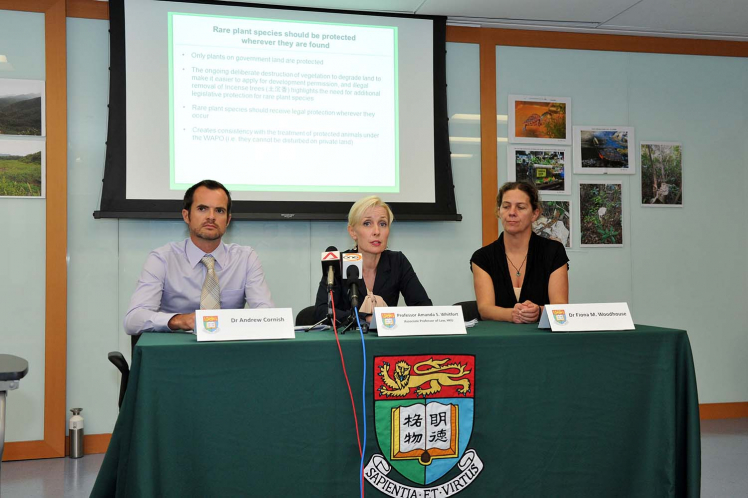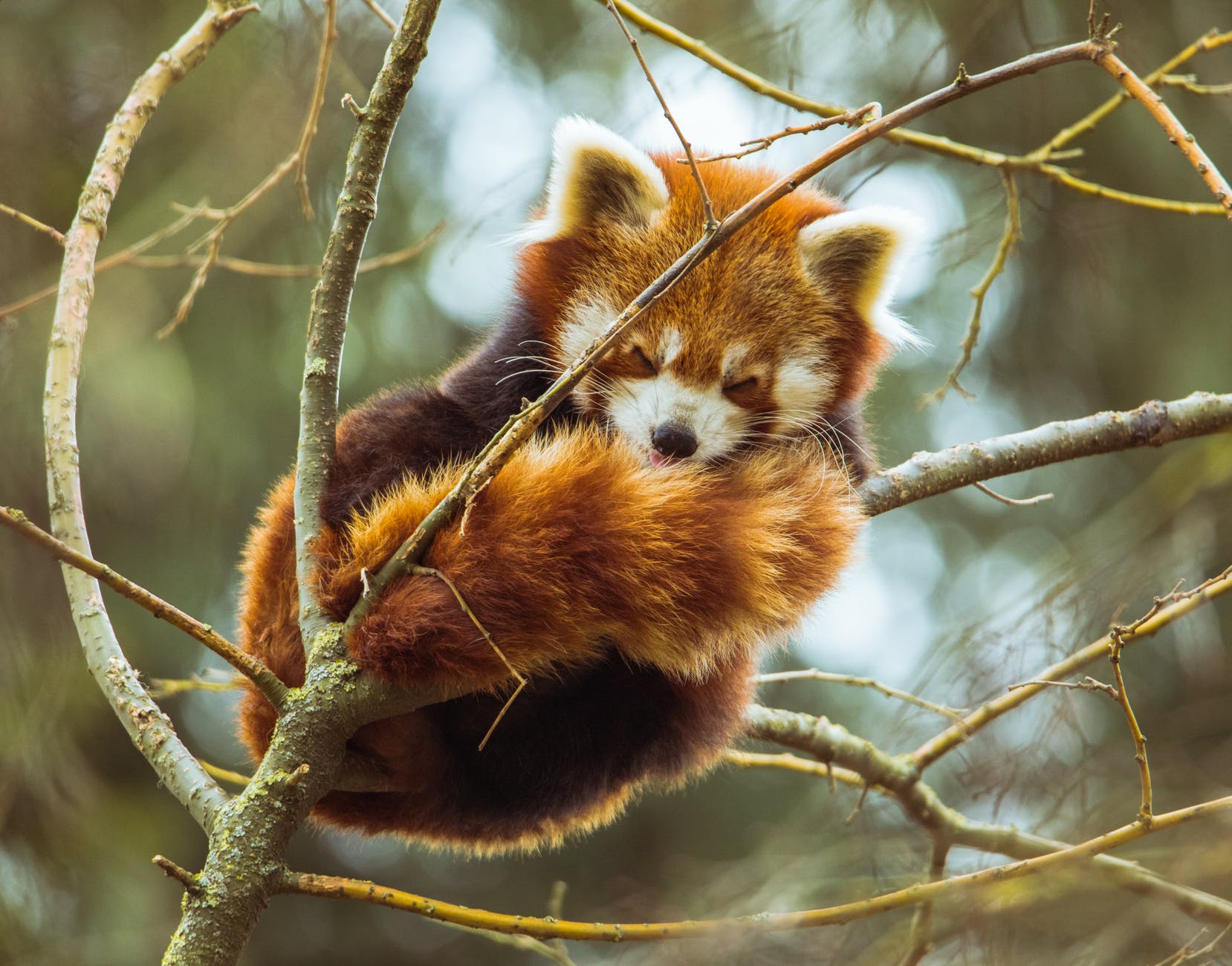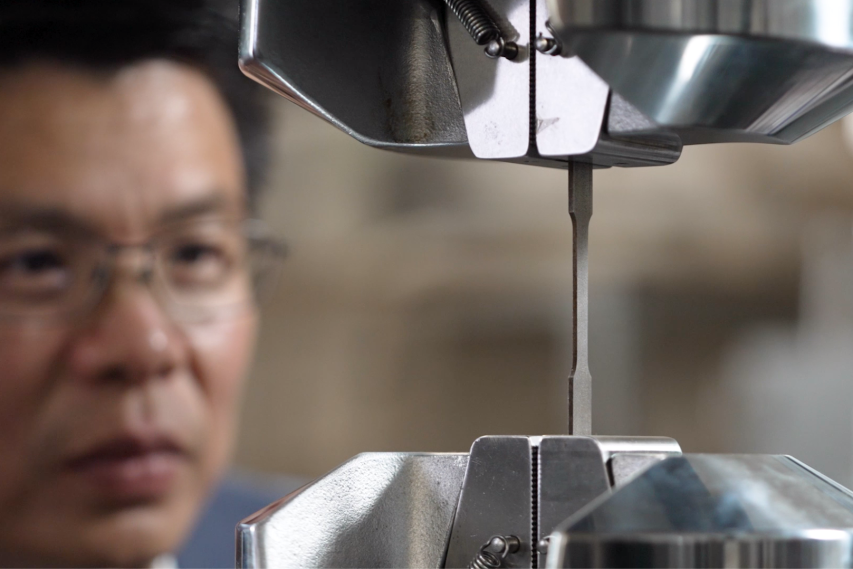Say No to Hong Kong’s Wildlife Trafficking
As a gateway between East and West, Hong Kong has unwittingly become a major hub for illegal wildlife smuggling and is contributing to the extinction of many critically endangered species. HKU Associate Professor of Law Amanda Whitfort has conducted a study that sheds light to Hong Kong’s strategic role as a key transit center for wildlife trafficking between African habitats to Asian markets.
Wildlife Trafficking
Since 2010, Ms Whitfort has been using her legal expertise to make significant impact on animal welfare issues locally and globally. Her signature work, Review of Animal Welfare Legislation in Hong Kong, co-authored with Dr Fiona Woodhouse, Deputy Direction (Welfare) of the Society for the Protection of Cruelty to Animals, has led to a new anti-cruelty law being enacted in 2016 that put an end to pet trade. Her study exposed legislative loopholes, lenient court sentences, and a lack of supervision that failed to deter animal cruelty practices.
Ms Whitfort’s study continued in 2019, where she worked with the Wildlife Trade Working Group (HKWTWG) to bring public attention to the illicit industry of wildlife trafficking in their study Trading in Extinction: The Dark Side of Hong Kong’s Wildlife Trade. At the moment, Hong Kong legislation is rather lenient in penalising smugglers who took part in this crime. Her study cited a case where a man was found guilty of smuggling three pieces of rhino horn, which was worth more than HKD500,000, into Hong Kong with a chocolate box. The man was given only a sentence of four weeks in prison for this crime. What’s more, the study has gathered that between 2013 and 2017, the penalties for illegal wildlife trade ranged from fines of HKD1,500 to HKD 180,000, and from 160 hours of community service to eight months in custody, all of which are much lower than the maximum penalties permitted.
“Wildlife trafficking is now regarded as the fourth most lucrative black market in the world, after drugs, people and arms, with the global annual sums involved as high as US$23 billion (HK$179 billion),” said Ms Whitfort. Even though the HKSAR Government has taken legislative steps in criminalizing wildlife smuggling and introducing more severe penalties for illegal trade of endangered species, more must be done to effectively tackle these transnational wildlife crimes.
Low Penalty Leading to Lack of Deterrence
Given the high value of the trafficked goods, the ecological, social and financial impact of the crimes, and the suffering of the animals, such low penalty undermines the seriousness of wildlife crime. To illustrate a clearer picture, customs officers had seized over HKD 560 million in trafficked wildlife during 2013-2017. The contraband included over 20 metric tonnes of ivory, 43 metric tonnes of pangolin (scales and carcasses), 1,366 metric tonnes of illegal wood and 27 metric tonnes of other endangered species (mainly reptiles).
“Those quantities are conservatively estimated to equate to the deaths of over 3,000 elephants, 51 rhinos and 65,000 pangolins,” said Ms Whitfort. This speaks volumes to how illegal wildlife trade was made an ongoing vicious cycle where criminals can continuously profit from the trade with minimal risk.
A Vicious Cycle
Although Hong Kong is naturally blessed with biological richness, and home to one third of the Chinese birds and a variety of butterflies, mammals, freshwater fish amphibians, reptiles and more, the existing legislation is inadequate to protect the city’s biodiversity. And because of the low risk and lack of deterrence in poaching and illegal trading, a vicious cycle is created.
“As endangered species become rarer, their value on the black market rises, fuelling poaching and driving species closer to extinction. Gram for gram, rhino horn is now more valuable than platinum, and certainly easier to smuggle than drugs, which explains why organised crime is involved,” Ms Whitfort explained.
Fight Against Wildlife Crime
Ms Whitfort has worked closely with other professionals in sourcing reliable evidence that identify trafficked species for effective law enforcement. She and Professor Yvonne Sadovy, for example, are the two founding members of the Hong Kong Wildlife Trade Working Group. Also, according to the HKU Convocation Newsletter, Ms Whitfort has worked with Dr Caroline Dingle of the School of Biological Sciences, who used technologies such as genetic identification to track down the origins of trafficked animals at HKU’s Conservation Forensics Lab, which is the first facility of its kind in Hong Kong. Ms Whitfort believes that it is our obligation as members of the society who enjoy the city’s biodiversity to protect our native wildlife, like the critically-endangered Golden-coin turtle and the commercially high-valued Incense trees, from the harm of both alien invasive species and potential poaching. In fact, Hong Kong have fallen under the UN Convention on Biological Diversity since 2011.
The global demand for wildlife products is at its highest in Asia. The average value of seizures is now second only to dangerous drugs. We have a responsibility to get this right.Ms Whitfort
To learn more about Ms Whitfort and her colleagues’ endeavours in fighting against wildlife crime, you can read about her research stories in the HKU Convocation Newsletter 2019 Spring Issue and HKU Bulletin 2019 November Issue. Let’s fight wildlife crime together.
Header Image - Picture: Unsplash








